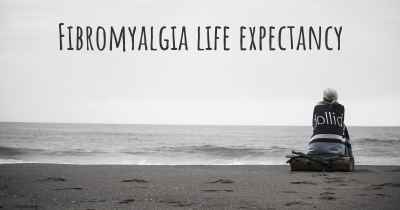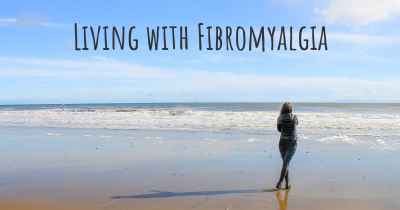What is the history of Fibromyalgia?
When was Fibromyalgia discovered? What is the story of this discovery? Was it coincidence or not?

Fibromyalgia is a chronic disorder characterized by widespread musculoskeletal pain, fatigue, and tenderness in localized areas. It is a complex condition that affects millions of people worldwide, predominantly women. The history of fibromyalgia is relatively recent, as it was only officially recognized as a medical condition in the late 20th century.
Early Observations and Recognition:
The symptoms of fibromyalgia have been described throughout history, but it was not until the 19th century that they were recognized as a distinct condition. In the early 1800s, physicians began documenting cases of chronic widespread pain and fatigue that did not have an obvious cause. These cases were often labeled as "rheumatism" or "neurasthenia."
Emergence of the Term "Fibromyalgia":
In the early 20th century, researchers began to focus on the tender points associated with the condition. In the 1970s, a physician named Hugh Smythe conducted extensive research on these tender points and their relationship to widespread pain. He coined the term "fibromyalgia" in 1976, combining "fibro" (referring to fibrous tissues) with "myalgia" (meaning muscle pain).
Recognition as a Medical Condition:
It took several more years for fibromyalgia to gain recognition as a legitimate medical condition. In 1981, the first scientific study specifically addressing fibromyalgia was published. This study, conducted by Dr. Muhammad Yunus, provided evidence that fibromyalgia was a distinct disorder separate from other rheumatic conditions.
Diagnostic Criteria and Classification:
In 1990, the American College of Rheumatology (ACR) established diagnostic criteria for fibromyalgia. These criteria included widespread pain lasting for at least three months and the presence of tender points in specific locations. However, in 2010, the ACR updated the criteria to focus more on the widespread pain and other associated symptoms, rather than tender points.
Research and Understanding:
Over the years, extensive research has been conducted to better understand fibromyalgia. Studies have explored various factors that may contribute to the development of the condition, including genetics, neurotransmitter imbalances, and central nervous system abnormalities. While the exact cause of fibromyalgia remains unknown, these studies have provided valuable insights into its pathophysiology.
Treatment Approaches:
As fibromyalgia gained recognition as a medical condition, treatment approaches have evolved. Initially, the focus was primarily on pain management through medications such as nonsteroidal anti-inflammatory drugs (NSAIDs) and opioids. However, it became evident that a multidisciplinary approach was necessary to address the complex nature of fibromyalgia.
Treatment strategies now often include a combination of medication, physical therapy, cognitive-behavioral therapy, and lifestyle modifications. Exercise, in particular, has been shown to be beneficial in managing symptoms and improving overall well-being in individuals with fibromyalgia.
Advocacy and Awareness:
Advocacy groups and organizations have played a crucial role in raising awareness about fibromyalgia and supporting individuals affected by the condition. These groups have worked tirelessly to promote research, improve access to healthcare, and reduce the stigma associated with fibromyalgia.
Ongoing Research and Future Outlook:
Research on fibromyalgia continues to advance our understanding of the condition. Ongoing studies are exploring potential biomarkers, new treatment options, and the impact of lifestyle factors on symptom management. The future outlook for fibromyalgia holds promise as researchers strive to unravel its complexities and develop more effective interventions.
In conclusion, the history of fibromyalgia is relatively recent, with recognition as a distinct medical condition emerging in the late 20th century. From early observations and the emergence of the term "fibromyalgia" to the establishment of diagnostic criteria and evolving treatment approaches, our understanding of this complex disorder has come a long way. Ongoing research and advocacy efforts continue to shape the future of fibromyalgia management.
http://www.fibrocenter.com/fibromyalgia-disease
Posted Jun 24, 2017 by Tiffiane 4151
Another well-known person who reported fibromyalgia-like symptoms was Florence Nightingale, an English nurse during the Crimean War (1854-1856) who was a pioneer in the International Red Cross Movement. Nightingale became ill while working on the front lines and never really recovered. She was virtually bedridden much of the rest of her life with pain and fatigue resembling fibromyalgia until her death in 1910.
Posted Sep 8, 2017 by Sarah 2500
Posted Jul 23, 2023 by Impatientgirl 3000
Posted Jul 2, 2017 by isabel suazo 2436
2.-1843
33.-FRIORIEP
Posted Sep 8, 2017 by Aurora 2500
Posted Sep 12, 2017 by Soledad 2000








